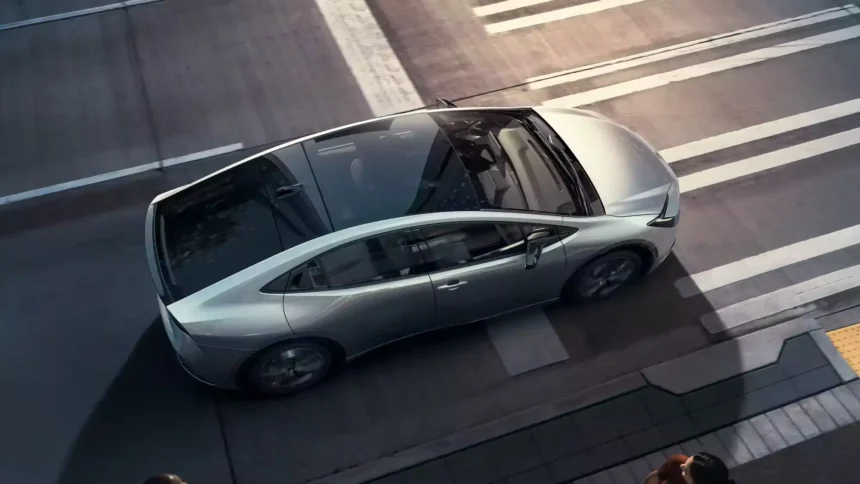The automotive industry in the United States is seeing a shift in consumer preferences when it comes to vehicle powertrains. While interest in internal combustion engine (ICE) vehicles is declining, the intent to purchase hybrid electric vehicles (HEV/PHEV) is on the rise. According to a recent survey, 26% of consumers in the U.S. are considering hybrid vehicles as a solution to reduce fuel costs and emissions. This trend towards hybrid vehicles is a reflection of consumers seeking a “best of both worlds” option.
Interestingly, the demand for public charging infrastructure for electric vehicles (EVs) may not be as high as previously thought. The survey revealed that 79% of EV intenders in the U.S. plan to charge their vehicles at home, indicating that the focus should be on making home charging more accessible and affordable.
Brand loyalty is also shifting in the automotive industry, with over half of U.S. consumers surveyed planning to switch brands for their next vehicle. Product quality is the top priority for consumers when choosing a vehicle brand, followed by price and performance. This change in brand loyalty highlights the importance of building strong relationships with customers to ensure repeat business.
As autonomous vehicle technology continues to develop, consumer safety concerns are growing, especially when it comes to fully autonomous robotaxi services. Despite the potential benefits of AI in vehicle systems, consumers in the U.S. and the U.K. are more cautious about its implementation compared to those in India and China.
Younger consumers, particularly those aged 18-34, are showing interest in giving up vehicle ownership in favor of a mobility-as-a-service (MaaS) solution. This trend reflects a growing preference for cost-effective and convenient transportation options that do not require owning a vehicle.
In conclusion, the automotive industry in the U.S. is experiencing significant changes in consumer preferences, powertrain choices, and brand loyalty. As the industry continues to evolve, it will be essential for stakeholders to adapt to shifting trends and consumer priorities to stay competitive in the market.







